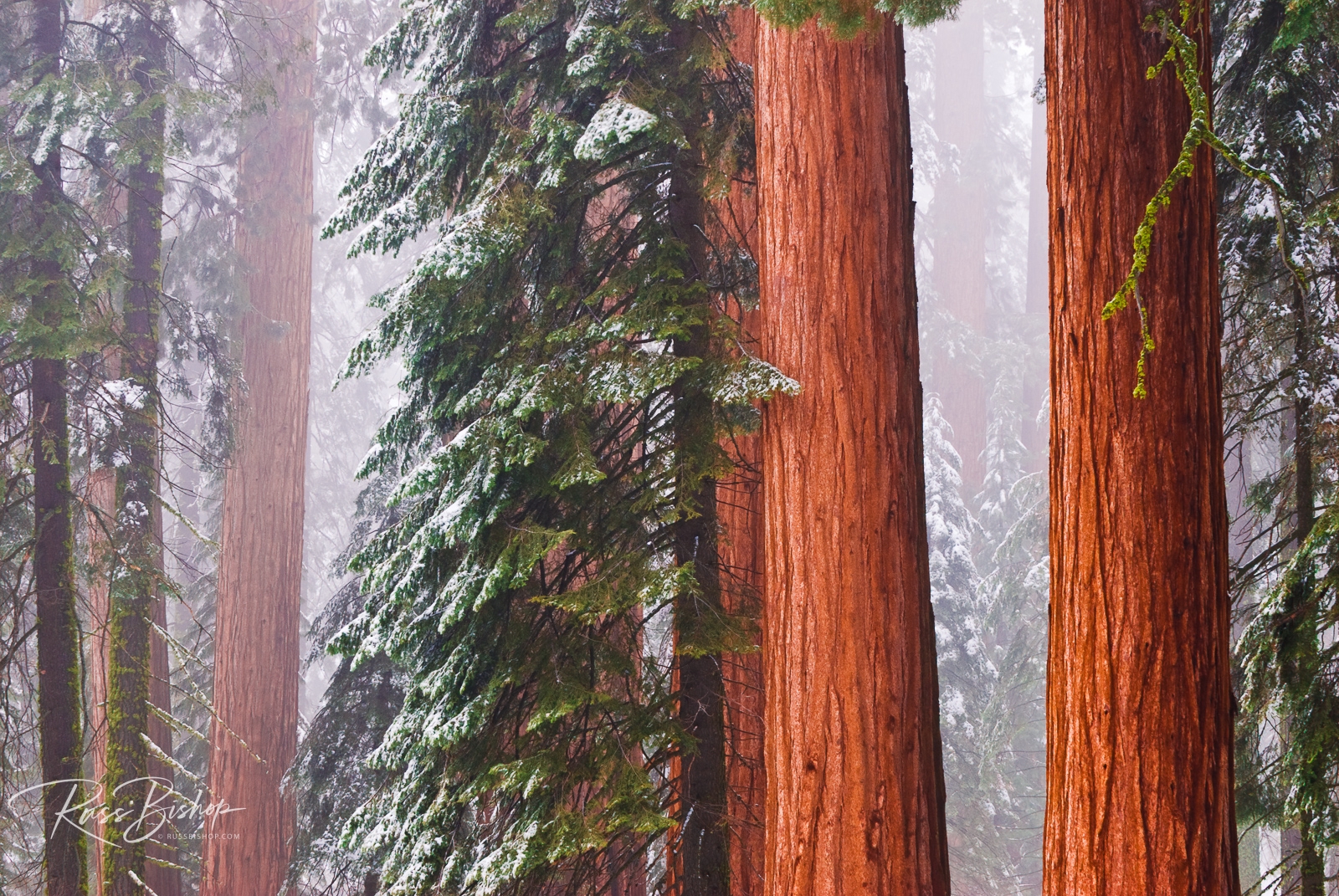
The north shore of Kauai has long been the stuff of lore. From children’s songs like Puff the Magic Dragon to movies including South Pacific, King Kong and Jurassic Park, the backdrop of lush spires and sun-drenched sands on the aptly named Garden Isle leaves a lasting impression on anyone who visits.
From the village of Hanalei to the end of the road at Ke’e Beach the views are spectacular and easily accessible. At road’s end, the famed Kalalau Trail begins this classic trek that hugs the cliffs and wanders the verdant valleys along the dramatic Na Pali Coast for 11 challenging miles to Kalalau Beach.
Whether you’re looking to get away from it all in a remote tropical valley you can call your own, or simply want to experience a sunset like no other with your toes in the sand, you’re sure to find your little piece of paradise at the end of the road on Kauai’s north shore.
©Russ Bishop/All Rights Reserved


